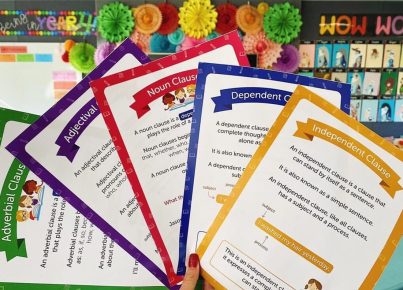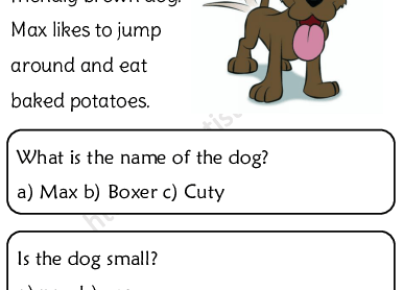Introduction
A text response is a valuable skill that students must acquire throughout their educational journey to assess their understanding and engagement with the material. In this article, you will learn about the process of writing a compelling text response, how to break down the topic, craft a thesis statement, and the structure to follow. Teachers can use this guide to help students improve their text response writing skills.
Step 1: Breaking Down the Topic
Understanding the prompt is crucial for constructing an effective text response. Read the question carefully to ensure you know what is being asked. Some common question forms include:
– Analytical: Examine the content and techniques used by the author.
– Persuasive: Provide arguments on whether you agree or disagree with the statements made.
– Creative: Reflect on your personal knowledge or experiences in relation to the text.
Step 2: Developing a Thesis Statement
Once you identify the topic, it is time to create a thesis statement. A thesis statement is a central idea that concisely summarizes your position on the subject at hand. It should be specific, contestable, and address all aspects of the topic.
Example:
In ‘To Kill a Mockingbird,’ Harper Lee’s use of narrative techniques conveys strong messages about social inequality and early childhood innocence in an evolving society.
Step 3: Textual Evidence
Gathering suitable textual evidence such as quotes or specific examples from the text is essential in supporting your thesis statement. Ensure that every cited evidence accurately represents your argument while adhering to proper citation styles.
Step 4: Structuring Your Text Response
An outstanding text response typically consists of three significant parts:
A. Introduction
Begin with a hook (an engaging opening sentence) followed by introducing essential background information about the text while being concise and coherent. Conclude your introduction by incorporating your thesis statement.
B. Body Paragraphs
Each paragraph should convey a single idea or argument that ties back to your thesis statement. Start with a topic sentence, then provide textual evidence and explain its relevance to your argument. Make sure your analysis covers various aspects of the text, such as language, themes, characters, or literary devices.
C. Conclusion
Wrap up your text response by restating your thesis statement and summarizing the main points discussed in your essay. The conclusion should leave the reader with a lasting impression of your perspective on the text.
Final Tips:
1. Practice active reading: Focus on your purpose for reading and engage with the text by taking notes or asking questions.
2. Plan before writing: Outline your thoughts and organize them into a coherent structure.
3. Proofread and revise: Check for spelling, grammatical errors, and clarity.
Teachers can employ this tutorial to guide students through the entire process of writing text responses to help them become more confident and proficient writers




